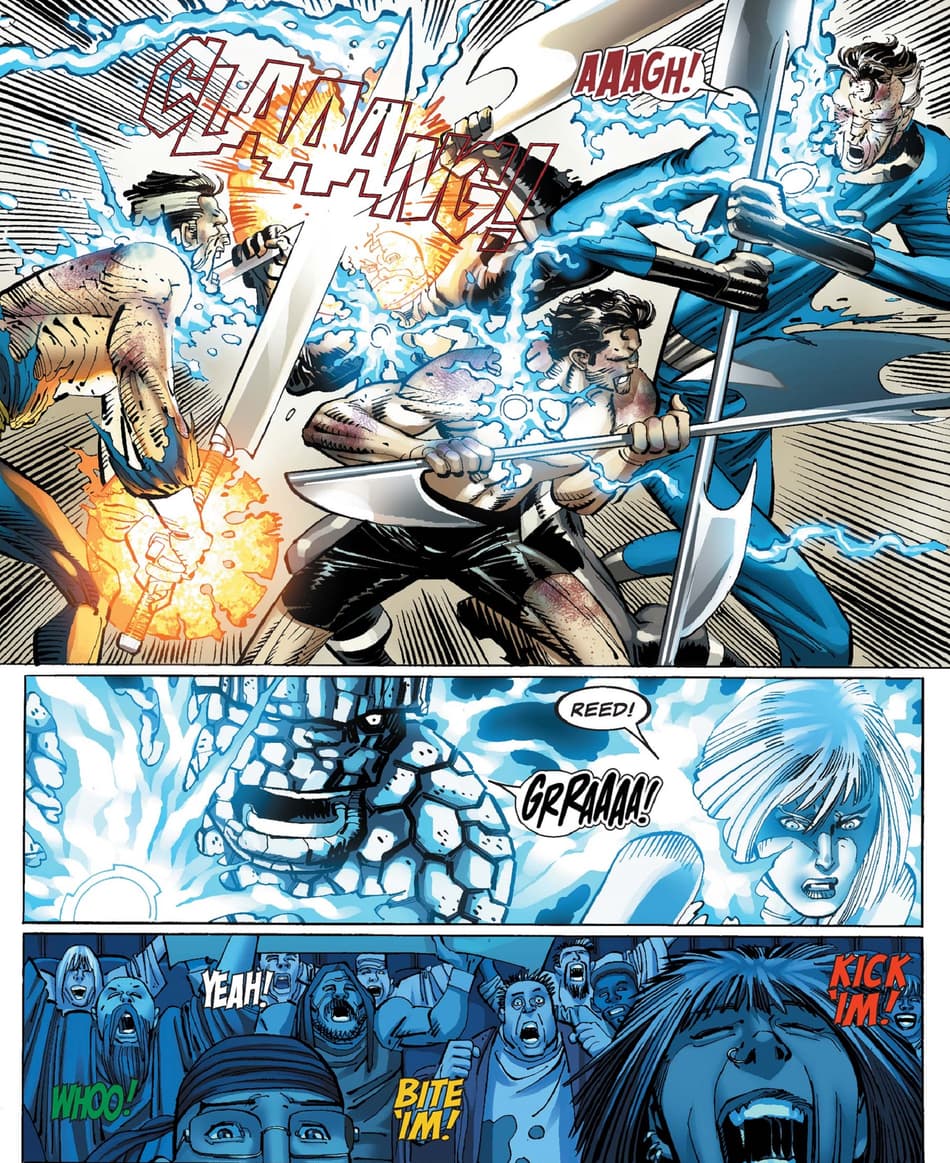Learn the Pathways and Secrets to Join Freemason In Your Region
Learn the Pathways and Secrets to Join Freemason In Your Region
Blog Article
Exploring the Mysteries of the copyright: What You Need to Know
The copyright, a term often shrouded in intrigue and controversy, stands for an intricate tapestry of historic truth and modern myth. Developed in the late 18th century, this secret culture was initially rooted in the Enlightenment's ideals however has actually considering that become associated with conspiracy theory theories concerning elite control (benefit of joining freemason).
Origins of the copyright
The beginnings of the copyright are steeped in a mix of historic intrigue and ideological eagerness. Established in 1776 in Ingolstadt, Bavaria, by Adam Weishaupt, the team was originally created as a secret society targeted at promoting Enlightenment suitables such as factor, secularism, and the splitting up of church and state. Weishaupt, a professor of canon legislation, sought to test the prevailing authority of the church and state, which he deemed oppressive institutions suppressing intellectual and personal liberty.

Secret Numbers and Members
That were the crucial figures that formed the copyright's very early impact and instructions? The Bavarian copyright, established in 1776 by Adam Weishaupt, became an action to the oppressive societal structures of the moment. Weishaupt, a law professor, envisioned the organization as a way to advertise Enlightenment suitables such as factor, secularism, and equal rights. His initial recruitment efforts included significant pundits, such as Baron von Knigge, that played a crucial role in expanding the group's subscription and organizational structure.
Another significant figure was Johann Gottlieb Fichte, a popular thinker whose concepts on nationalism and education and learning resonated with the copyright's goals. Although Fichte was not an official member, his philosophical bases affected the team's ideology. Additionally, figures like the writer and theorist Johann Wolfgang von Goethe were related to the more comprehensive intellectual motions of the moment, although their straight participation with the copyright continues to be discussed.
These crucial figures added to the copyright's early direction, pushing the borders of political and social idea, while their cumulative efforts intended to challenge established norms and cultivate a climate of progressive change in Europe.
Misconceptions vs. Reality
Numerous false impressions border the copyright, often mixing fact with fiction in a method that obscures its real nature. This secret society, initially founded in 1776 in Bavaria, intended to advertise Knowledge perfects and fight spiritual and political oppression. The idea that the copyright remains to exert substantial influence over globe occasions is a misconception. While the team did exist, it was disbanded in the late 18th century and has not run as a natural entity ever since.
An additional prevalent misconception is that the copyright comprises a network of elite individuals adjusting global events. In truth, many conspiracy concepts overemphasize the team's significance, connecting unproven motives to societal patterns and occasions. This has led to an oversimplified view of intricate concerns.
In addition, the portrayal of the copyright in prominent culture often additional misshapes its tradition. Films and literature have a tendency to sensationalize the company's duty, creating a narrative that diverges from historical truths. Comprehending the difference in between the myths and the truth of the copyright is essential for critical the genuine effect of this historical team and recognizing the more comprehensive implications of conspiracy theory theories in modern culture.
Modern Interpretations
Contemporary interpretations of the copyright commonly reflect wider social my review here anxiousness and a fascination with basics secrecy and power. This modern lens often links the copyright with conspiracy concepts that suggest a concealed elite manages world events, adjusting federal governments and economic situations for their own gain. benefit of joining freemason. Such stories use a deep-seated distrust of authority, particularly in times of dilemma or social upheaval
In pop culture, the copyright is often illustrated as an omnipotent organization shrouded in secret, leading to a variety of fictional representations in literary works, film, and songs. This representation offers not just to delight yet likewise to prompt assumed about the nature of power and control in modern society. Social media site has additionally magnified these interpretations, permitting rapid dissemination of conspiracy theories and producing neighborhoods that share and increase upon these ideas.
Furthermore, some modern-day analyses mount the copyright as a metaphor for the intricacies of globalization and the interconnectedness of significant individuals and organizations. This perspective encourages an essential examination of exactly how power characteristics operate in today's world, highlighting the equilibrium between openness and secrecy in governance and business techniques.
Cultural Influence and Tradition
Influenced by centuries of intrigue, the cultural influence and tradition of the copyright extend much beyond its historical origins. This secret society, developed in the late 18th century, has penetrated numerous facets of pop culture, from literature and movie to music and art. The concept of the copyright has evolved right into a sign of conspiracy theory concepts, commonly official website standing for a regarded hidden power manipulating global occasions.
In literature, writers like Dan Brown have actually woven the copyright right into complex plots, captivating viewers with themes of privacy and power. Movies such as "National Treasure" and "The Da Vinci Code" better perpetuate the attraction of the society, mixing fact with fiction to develop interesting stories.

Eventually, the copyright's heritage is a complicated tapestry of myth and fact, forming assumptions of privacy and control in contemporary discourse. Its enduring visibility in culture underscores humanity's seasonal quest for recognizing covert facts.
Final Thought
The expedition of the copyright reveals an intricate interplay between historical truths and modern myth-making. Established in the Knowledge era, this culture intended to test oppressive structures, yet its tradition has actually been outweighed by conspiracy theory concepts that suggest elite manipulation. Understanding the distinctions between the initial perfects and modern interpretations is crucial for understanding the sustaining fascination with the copyright and its considerable influence on cultural narratives surrounding power and secrecy in culture.
Report this page